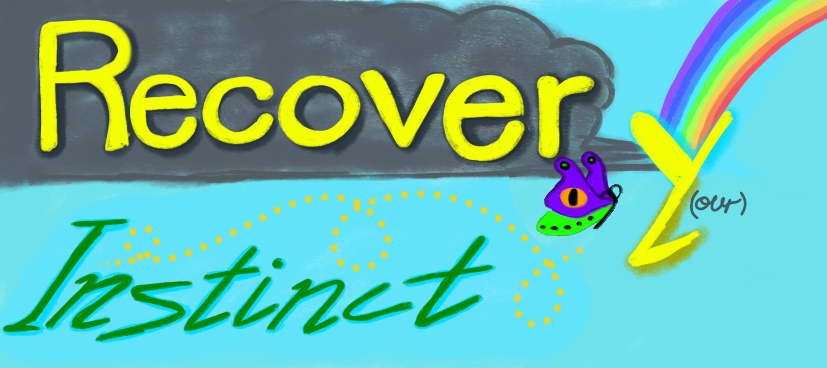They’re everywhere!
If you don’t have invasive weeds on your property on a regular basis – you’re one of the few, well done!
For the rest of us, what’s the deal?
Most invasive weeds were brought to the continent as ornamental garden plants. There’s many records of early colonial women complaining bitterly about the “drab olive green” of the bush, and begging their friends in Europe to send flower seeds. The friends obliged, the seeds were sent and planted….right into ideal, mild-winter conditions. Species which historically died off every year suddenly grew unchecked, spreading seeds far and wide into bushland and causing the chaos we know today.
Agriculture also brought many species, whether accidentally (ie Patterson’s curse) or intentionally (devil figs were introduced as a rootstock for eggplant!). Many crops are also bred or modified for hardiness, meaning natural management systems struggle to contain them.
What can I do to help?
- Clear your own yard! Might take a day, might take a year. Pick a species and get them all out, make a pile then hot compost or burn the lot. Satisfying! Then choose another species and do it again!
- Clear your nature strip! Council say they’ll do it…nah, they probably won’t. Pull the weeds, cut the shrubs back,mow the grass. It’ll look great! Then go out the back of your property and do the same. If you back onto bushland, check to see if you have natives or weeds in there.
- Get some help! Round up your friends, crank the music, have a BBQ or a campfire and smash the weeds one weekend, then go to one of their places and do the same another weekend. If your friends are busy and you have lots of ground to cover, ask some local teens if they want a paid mission, or travelling families if they need somewhere to stay in exchange for work, and get their help instead.
- Use nature to your advantage! Much of what you pull up can be turned back into compost, lime (ash), or weed matting (lay non-regrowing pieces flat and cover the ground to block sunlight to weed seedlings). The animals and birds often help too, but make sure to listen to their methods, otherwise their “help” will seem like anything but!

